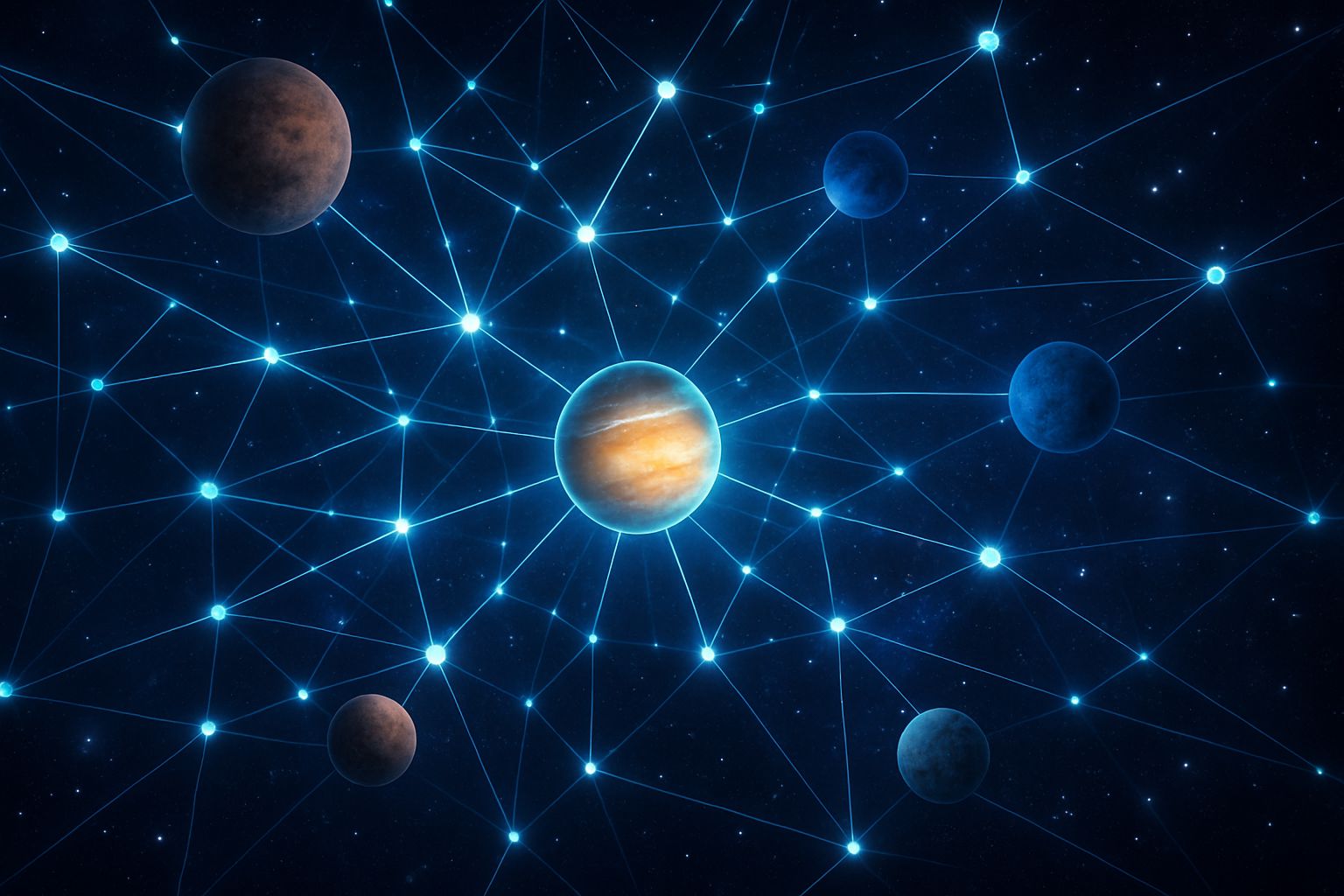
AI CERTS
4 hours ago
Astronomy AI Reshapes Exoplanet Searches
This article separates the threads, quantifies performance, and previews next steps for Space Exploration. Furthermore, the piece highlights expert opinions, benefits, and caveats relevant to professional observatories. Readers will gain a balanced view of AI methods, verification needs, and future Discovery goals.
Astronomy AI Telescopes Rise
Neural networks first entered transit searches in 2017 with Google’s Kepler-90i announcement. Subsequently, adoption accelerated as hardware costs fell and open libraries matured. Moreover, academic groups embedded lightweight classifiers on live survey pipelines. These integrations form what many outlets label “Astronomy AI” telescopes despite optics staying classical.

In contrast, the software change is transformative. Convolutional neural networks learn transit signatures from millions of simulated light curves. Therefore, signal classification improves while processing time drops sharply. Shanghai teams reported a fifteen-fold speed boost using GPU phase folding.
Nevertheless, the term can mislead when it implies fully autonomous Discovery. Human vetting and radial-velocity confirmation still anchor every claimed planet. Consequently, precision instruments such as Keck remain essential for mass measurements.
Astronomy AI telescopes merge classic optics with modern algorithms for efficient candidate identification. The next section reviews TESS-Keck results that sparked recent headlines.
TESS Keck Survey Insights
The TESS-Keck Survey catalog, published May 2024, validated 15 additional planets orbiting nearby stars. Researchers combined TESS transit photometry with 9,204 radial-velocity readings from Keck HIRES. Alex Polanski noted that the facilities act synergistically, delivering both size and mass estimates. Additionally, Ian Crossfield highlighted that the survey makes the largest single contribution to TESS characterization.
Importantly, the discovery pipeline was conventional, not driven by deep pattern analysis. TESS data were searched with standard algorithms before manual vetting. Consequently, labeling the 15 planets an Astronomy AI triumph conflates separate narratives.
Nevertheless, machine learning did assist ancillary tasks like prioritizing follow-up targets. That support demonstrates quiet but meaningful integration possibilities.
The TESS-Keck Survey illustrates rigorous validation that still depends on human insight. However, more experimental pipelines reveal different strengths, as the next section shows.
Fifteen New Planet Details
Each of the 15 worlds ranges from sub-Neptune to mini-Jupiter sizes. Masses span two to eight Earth masses according to RV solutions. Moreover, orbital periods cluster below 20 days, making subsequent atmospheric work challenging.
Crossfield’s team stressed the importance of accurate period determination for future Space Exploration campaigns. Therefore, precise ephemerides are published alongside the photometry, supporting community scheduling.
These parameters confirm the Astronomy AI survey’s contribution to population statistics. Meanwhile, a separate deep-learning project targets even shorter period planets.
GPU Phase Folding Gains
Jian Ge’s group deployed GPU Phase Folding Convolution, or GPFC, on archival Kepler light curves. The pipeline searches every trial period in parallel, reducing runtime by a factor of fifteen. Deep neural classifiers then distinguish genuine transits from noise and stellar variability.
Consequently, five ultra-short-period candidates emerged, some smaller than Mars. GPFC improved detection accuracy by seven percent versus the Box-fitting Least Squares benchmark. Furthermore, search completeness rose similarly, confirming competitive performance.
Nevertheless, none of the five planets is confirmed yet; RV campaigns remain pending. Experts caution that false positives increase when thresholds drop.
GPFC demonstrates Astronomy AI potential for mining neglected archives quickly and precisely. The following section balances such benefits against operational limitations.
Five Ultra Short Planets
Ultra-short-period planets complete orbits in less than one Earth day. Moreover, their transits repeat often, offering high signal integration opportunities. In contrast, tidal interactions create unique evolutionary pathways demanding specialized models.
GPFC’s rapid cadence allowed the team to flag these rare objects efficiently. However, limited planet mass data hampers full Astronomy AI Discovery.
Repeated transits make these worlds ideal laboratories once confirmation arrives. Next, we examine overarching advantages and caveats of algorithmic surveys.
Benefits And Key Limitations
AI pipelines scale to petabyte datasets without proportional staffing increases. Additionally, algorithms reveal faint signals, expanding accessible parameter space. Consequently, observatories maximize return on fixed instrument investments.
Key operational gains include:
- Processing speed improved by up to 15× across archival missions.
- Detection accuracy lifted approximately 7% against classical baselines.
- Candidate prioritization optimizes scarce radial-velocity resources.
However, interpretability challenges persist because convolutional filters remain opaque to most astronomers. Moreover, models can inherit telescope noise patterns unless trained with robust simulations. False positives still demand expensive confirmation, partly offsetting throughput gains.
Overall, Astronomy AI offers measurable efficiencies alongside new technical responsibilities. Keeping those duties in mind, the industry is mapping an ambitious future roadmap.
Future Space Exploration Roadmap
Agencies plan coordinated archives where raw light curves stream into public cloud environments. Therefore, independent labs can deploy custom classifiers within minutes of data release. JWST transmission spectra will complement these discoveries, feeding retraining datasets.
Moreover, next-generation missions like PLATO and Roman will multiply target counts dramatically. Consequently, automated triage will become mandatory for sustainable Discovery pipelines.
Professionals boost readiness via the AI Researcher™ certification, covering complete ML workflows. Additionally, shared benchmarks will standardize model reporting and fairness metrics.
Strategic planning positions Astronomy AI to support humanity’s broader Space Exploration ambitions. Finally, we recap essential findings and recommended actions.
The past eighteen months underscored machine learning’s growing value to exoplanet science. TESS-Keck delivered fifteen confirmed planets through classical practice, while GPFC surfaced five promising candidates. Consequently, hybrid approaches now dominate the research frontier. Nevertheless, robust validation and transparent reporting remain non-negotiable. Astronomy AI will flourish only when communities share code, benchmarks, and follow-up results. Therefore, organizations should invest in skills, certifications, and collaborative infrastructure immediately. Start today by reviewing the linked credential and joining the dialogue shaping next-generation Space Exploration.



